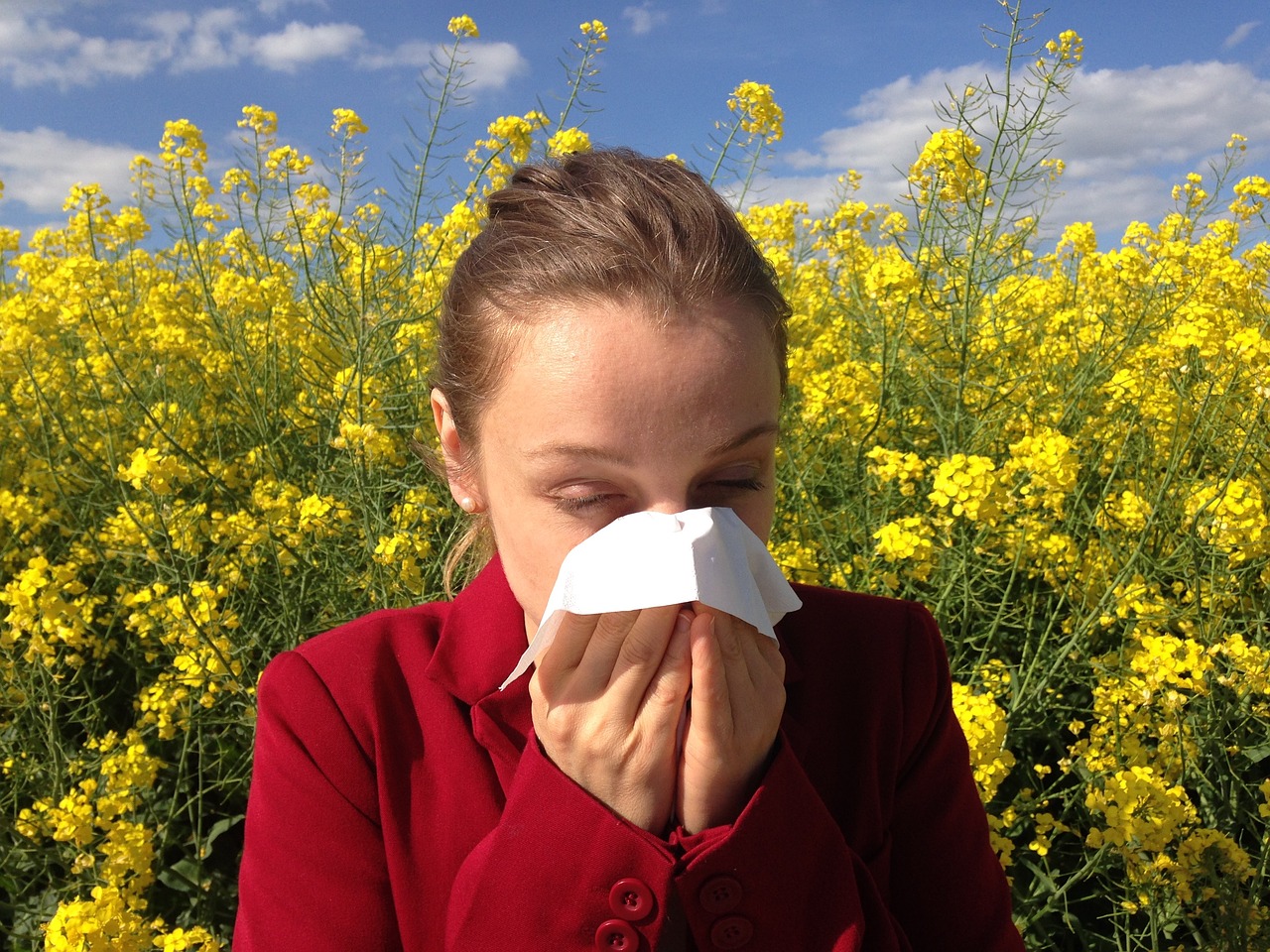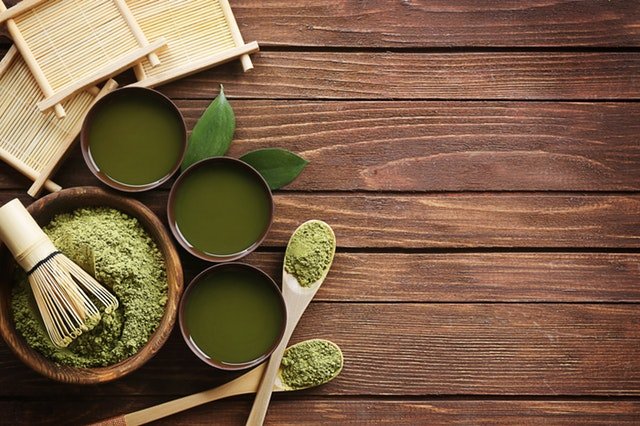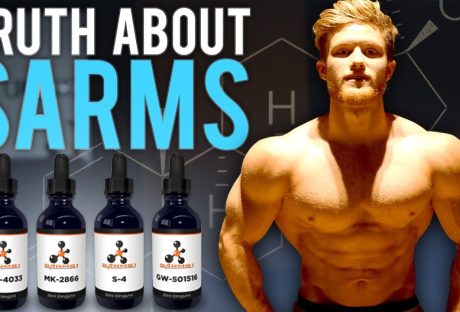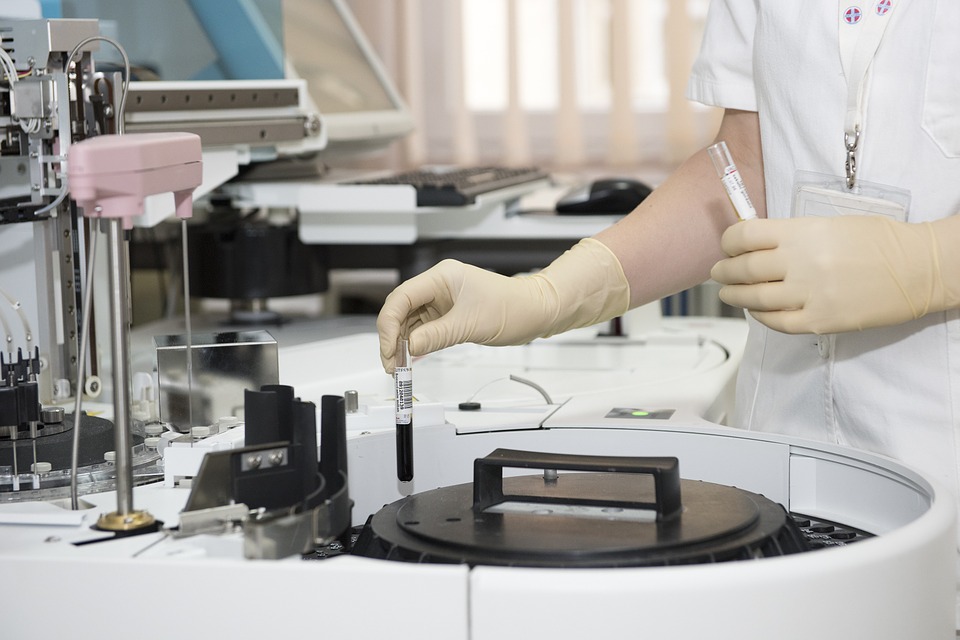Many homeowners opt for a paved garden to cut down on the necessary workload and keep it tidy with little expense or effort. We have detailed below some examples of the benefits you will be missing out on by not having a healthy lawn and garden. A good lawn and plants can help make us feel better, be more popular with friends and neighbors, while also being a positive force for the environment.
Health Benefits of a Garden
We may not realize how much an outdoor space can help to keep us healthy and fit. If you are lucky enough to have a garden that is well maintained, you will benefit from having fewer allergies and pests bothering you in the peak season. A beautiful garden will keep pest’s away by not providing them with an ideal environment for breeding, and the pollen count will be lower due to having plants and trees that have a lower pollen count. The university in California has also noted that patients with a view of the gardens recover quicker than those with interior views only, meaning your garden can actually help to cure you of ailments. Along with the physical gains, you will get from having a garden that has been looked after you will also gain from the mental side. Having a beautiful area to sit and relax in after a hard day at the office will reduce stress levels and help those who have attention deficit disorders, allowing them to concentrate more when needed.
Socializing Benefits of a Well-cared-for Garden
Many homeowners are paying more attention to their outside spaces than ever before. The reason we want to have a great back yard is to create additional living space for the family to relax. If you take care of your lawn and keep the different types of weeds under control, you give your family a great space to eat and socialize. A garden in great shape can also offer young children an additional play area out of the house where you know they will be safe and secure. A common feature in a lot of back gardens is having a space to eat and entertain friends, usually a decking or well-designed patio with a barbeque area that you can use when the weather is good. Gain the admiration of your friends by creating a garden that looks good and provides you with a great socializing space to enjoy.
Environmental Benefits of a Garden
Possibly the most significant benefit that having a well looked after the garden is the ecological aspect. Having healthy trees, plants and turf will eat up carbon and replace it with oxygen providing a much-needed boost for you and the local environment. Lawns will naturally absorb a lot of the sun’s radiation while also providing a cooling effect whereas patios, concrete and asphalt will store heat and radiate it back in the air which can make the temperatures soar during sunny spells. Good quality turf will help to retain the soil far better than a sparsely seeded lawn, at the same time it will help soak up the rainwater. As the water will not evaporate back into the atmosphere after a mild shower, this will stop your garden from feeling humid and hot throughout the summer months. A well thought out garden will give much-needed help to wildlife by providing a habitat that they can live in while keeping the unwanted pests at bay. Your garden will attract birds and other insects that eat or repel the nasty bugs that no-one wants to see while they’re enjoying the serenity of their yard.
Start Your Dream Garden
Having a healthy lawn and garden is not as much work as some would have you believe. Choose grass seed that will flourish in your area and start sowing your lawn. Having a good variety of plants and trees that require little maintenance will compliment your lawn area and can be done at a minimal cost. Get down to your local garden center or horticulturists and find out what plants will work in your garden. Don’t be afraid to roll up your sleeves and get in touch with nature once again and don’t hesitate to make this a communal activity for you and your family.
Read Also:






















